Introduction
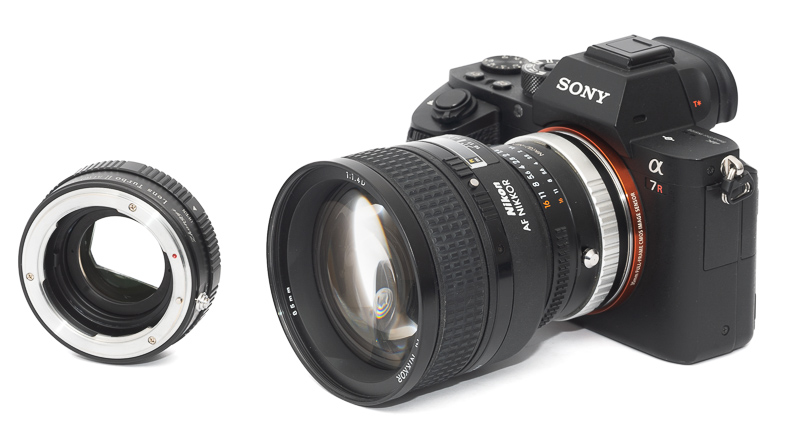
Speedboosters are still somewhat popular among videographers, but since these days used fullframe cameras are very affordable, this is not really the case for still photographers anymore. They can be used for some creative shallow depth of field photography on fullframe cameras though, and that is what we will have a look at here.
Sample Pictures

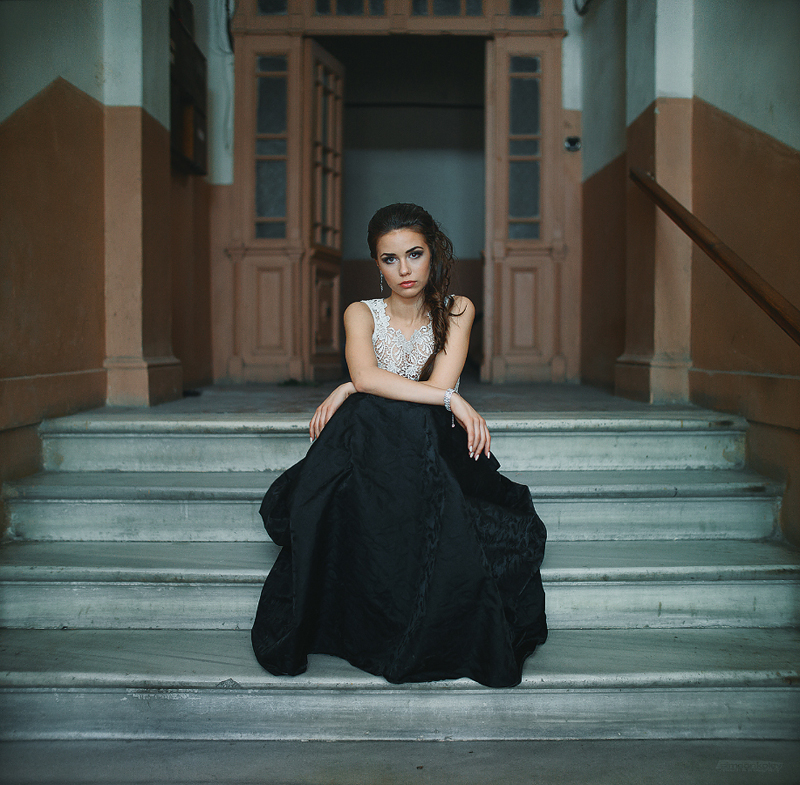


What is a Speedbooster?
A Speedbooster is the opposite of a Teleconverter. Teleconverters have a factor bigger than one (most common are 1.4 and 2.0). They give you more reach at the cost of speed and they also degrade the lens’ image quality, as they will magnify the image, they also magnify all the aberrations.
Speedbosters on the other hand have a factor smaller than one (for example 0.71 or 0.73). They give you a wider field of view and at the same time they improve the lens’ maximum aperture. As the image will be compressed, the image quality of the lens theoretically even improves. Sounds too good to be true? Yes, because there is one more thing: as the image will be compressed, it will not cover the same area as before anymore. Therefore Speedboosters have originally been developed to negate the crop factor of APS-C sensors, so that fullframe (D)SLR lenses can be used on APS-C mirrorless cameras to their full extent.
This was very useful before we had affordable fullframe mirrorless cameras. Nowadays these Speedboosters are not really needed anymore for still photography – unless you are a Fuji X user and stuck with APS-C sensors.
The Nikon AF 85mm 1.4D is a fullframe lens. Used on a Sony APS-C camera it will give the same field of view and depth of field as a 128mm f/2.1 lens – thanks to the 1.5x crop factor. Using the Zhong Yi Lensturbo II (factor 0.73x) turns this 85mm 1.4 into a 62mm f/1.0 lens. Used on an APS-C camera with 1.5x crop factor we end up with a fullframe equivalent of a 93mm f/1.5 lens. Not exactly the same as an 85mm 1.4, but pretty close.
Why use it on a fullframe camera?
Now what happens when using Speedboosters on a fullframe camera? Generally neither the Speedbooster nor the fullframe lenses have an image circle big enough for that compressed image to still be big enough to cover the whole fullframe area, so you end up with black corners like here:
However, when cropping out the black corners – depending on the lens used – you may still end up with a wider framing. If you are a fan of wide formats (like I am), the gain in field of view is very small. However, if you often find yourself cropping to 4:3, 5:3 or even 1:1, the situation might be different:
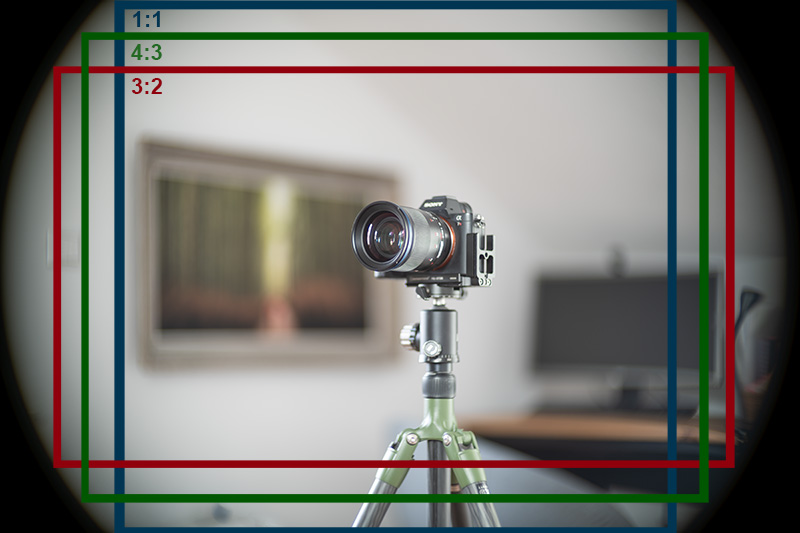
As you can see above, using the lens together with a Speedbooster and then cropping to 1:1 actually gives a much wider field of view compared to using the lens alone and cropping that to 1:1.

I bought a Nikon-F to Sony-E Zhong Yi Lensturbo II and a Pixco Speedbooster and tried a bunch of F-mount lenses with them and noted in the following tables how much wider the coverage is for different aspect ratios. As you can see, this is highly dependant on the lenses used. I also wrote down what fictional fullframe lens you would need to get the same field of view and depth of field without a Speedbooster.

Zhong Yi Lens Turbo II
The Zhong Yi LensTurbo II has in my opinion the better image quality of the two adapters tested here. It gives a flatter field and better off center sharpness than the Pixco.
However, its mechanical design is “interesting”. The APS-C E-mount cameras feature some light baffles around the sensor, that combined with the protruding rear element of this adapter leads to the E-mount version having an interestingly cut rear element.
These cut outs don’t really lead to a smaller image circle compared to the Pixco, but bokeh highlights might be cut at the top or bottom by this.
Because of that unusual shape of the rear element the locking mechanism is also a bit weird, as you have to rotate a ring to lock the adapter on camera. Interestingly the adapter didn’t properly fit on my A7rII, but did on the A7III…

I also tried this adapter with the Nikon AF 180mm 2.8D and the Nikon 200mm 2.0 IF-ED. With these stronger lenses there was almost no additional field of view, therefore I did not include them in the tables.
Pixco Speedbooster
This Pixco does not have any mechanical oddities, it works just like a normal adapter.

As you can see the Pixco Speedbooster gives a slightly wider field of view, it does create more distortion and also adds unfavourable field curvature though.
The 44x33mm “medium format” digital sensors have a vertical crop factor of 0.73 compared to fullframe (horizontally it is less, only 0.82). So some of these lenses in combination with a Speedbooster do come close to that, so if you fancy a 4:3 aspect ratio to begin with, one of these Speedboosters might be something for you.
Conclusion
Now obviously using these Speedboosters with (D)SLR fullframe lenses on fullframe mirrorless cameras is not something for everyone, but rather for the tinkerers among you.
When you are a portrait photographer and you often find yourself cropping to less wide aspect ratios, this solution might be worth a closer look though. Turning an 85mm 1.4 into a 70mm 1.1 equivalent gives a pretty cool look, that can otherwise not be easily achieved.
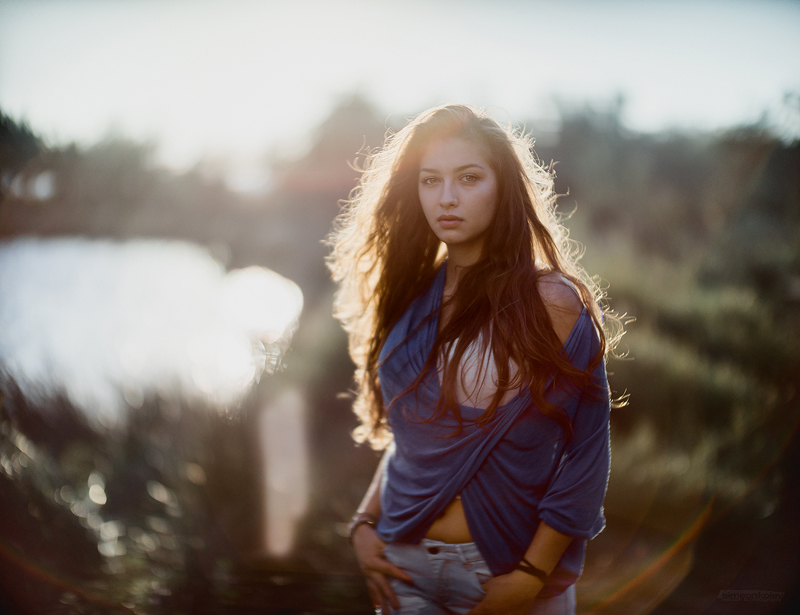
Also keep in mind I only had a look at a fraction of the possibilities here. I wonder what a Sigma 50mm 1.4 EX would look like in combination with a Speedbooster. Or a Sigma 40mm 1.4 Art or Zeiss Otus 55mm 1.4, which are said to cover a bigger image circle to begin with. And then these adapters are available for plenty of different camera systems.
My friend Simeon has taken some amazing pictures with the Canon nFD 85mm 1.2L on a modified Zhong Yi Lensturbo II. His pictures are the main reason I decided to have a closer look at this option and to share it with you. He allowed me to use some of his pictures which you can find throughout this article.
Zhong Yi Lens Turbo II
buy from ebay.com | ebay.de | B&H (affiliate links)
Pixco Speedbooster
buy from ebay.com | ebay.de | amazon.com | amazon.de (affiliate links)
Metabones Speedbooster
buy from ebay.com | ebay.de | amazon.com | amazon.de | B&H (affiliate links)
Sample Images

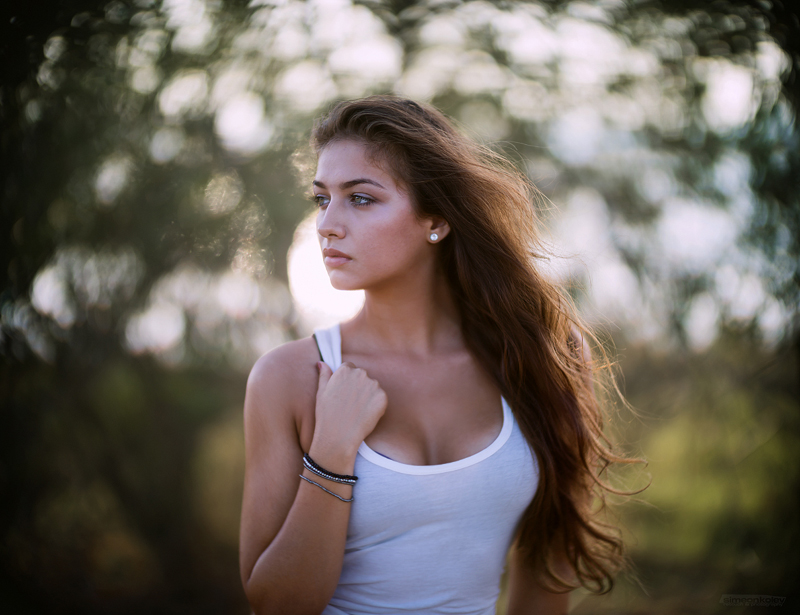



Further Reading
- Bokeh Explained
- The Best Lenses for Brenizer/Bokehpanoramas
- Review: Laowa 35mm 0.95
- Review: Zhong Yi 135mm 1.4
- Join our Discord server to get the latest news
Support Us
Did you find this article useful or just liked reading it? Treat us to a coffee!
![]()
![]()
![]() via Paypal
via Paypal
This site contains affiliate links. If you make a purchase using any of the links marked as affiliate links, I may receive a small commission at no additional cost to you. This helps support the creation of future content.
Latest posts by BastianK (see all)
- Review: Nikon Nikkor 105mm 1.8 Ai-s - December 28, 2025
- 2025 – Year in Review - December 23, 2025
- Review: Sony FE 70-200mm 4.0 G Macro OSS II - December 20, 2025
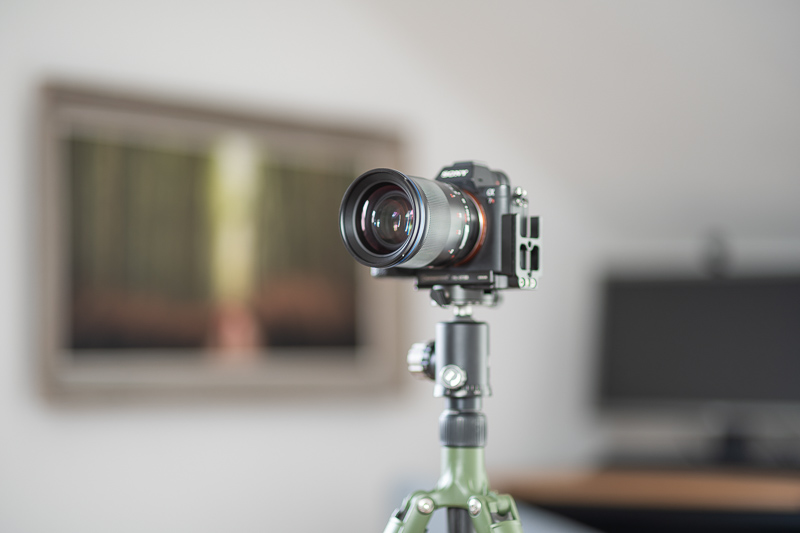
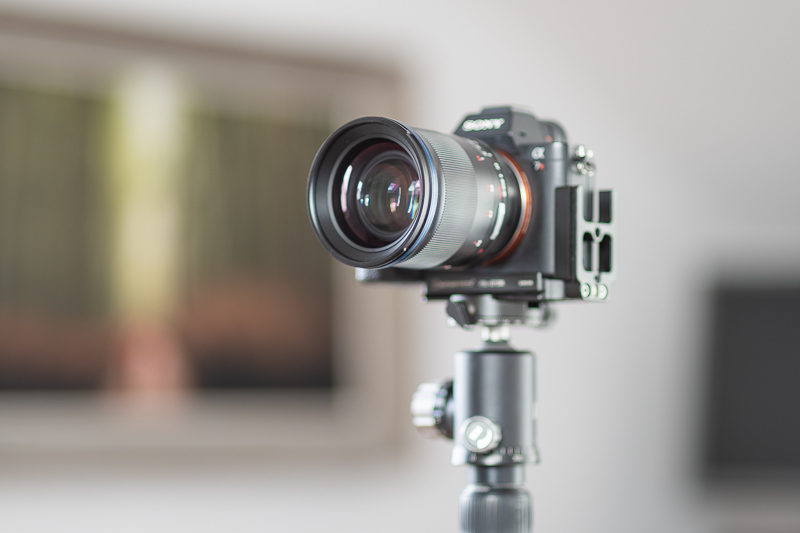
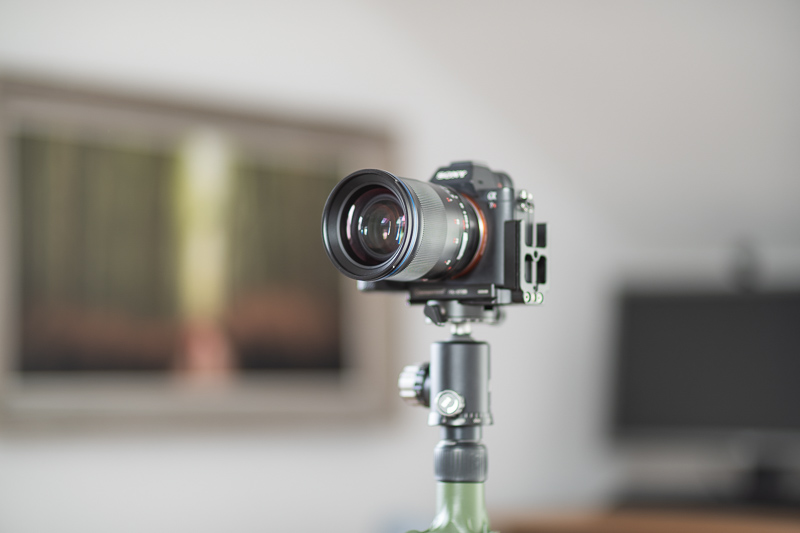

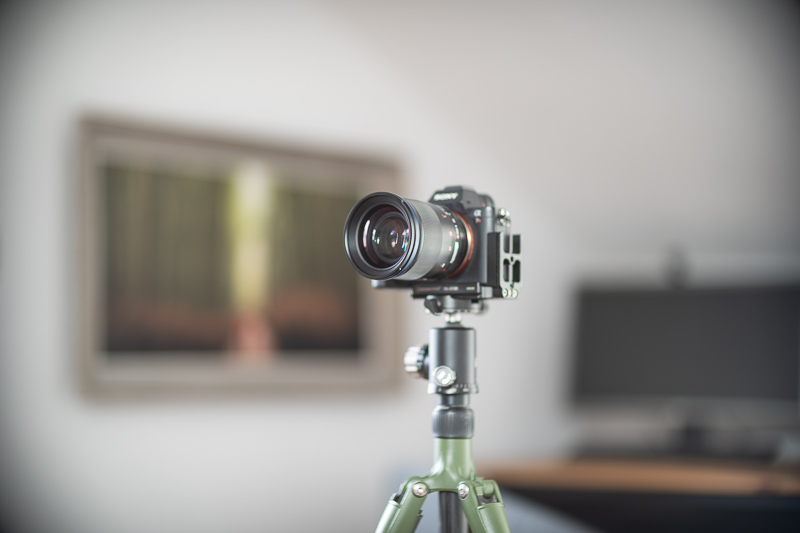




Interesting.Purely informative, I would be interested in how this would work on the first series of Sony 7, A7R and A7S. Have you tested it or know something about it?
I don’t see how these Speedboosters should behave differently on the first generation cameras.
Some have said that the first series of full frame Sony cameras had a sensor filter stack that resulted in poor performance for lenses that shone light onto the sensor at shallow angles, such as adapted rangefinder lenses. Since these speed boosters widening the view, edge performance could be impacted by this.
Rangerfinder lenses cannot be mounted on speedboosters.
interesting. note that this also works for mamy apsc lenses on FF camera. For example the sigma 16/1.4 actually covers something like 19mm on FF, but if interested in 1:1 ratio you still get 25Mpx on A7R3 which is much better than cropping it on APSC.
Bonjour,
Is it there a speedbooster for original E mount lenses on an E-mount Sony Camera, to reduce for example my 85 Batis to about a 75mm f1.4?
That would be interesting for me.
There isn’t because that would be physically impossible.
I’d recommend going for Canon EF booster (for those who wonder which mount to get), because it opens the road to other mounts with added adapters.
On the other hand, not all lenses can reach infinity (and can hit the front glass element of the booster with protruding aperture levers etc.).
When it comes to performance, Pixco is indeed performing much worse and Lens Turbo II is the best bang for the buck. Still one should note that these boosters perform well around F2 and slower, but with F1.4 or faster apertures they introduce more spherical aberration and loss of sharpness. And of course, they can sometimes introduce added flare, as any added reflective surface.
I use LT II with my Fuji camera and with most lenses results are really good in terms of sharpness, distortion and field curvature; I’ve expected more issues than I’ve got. But like I’ve mentioned, for fastest apertures I use only FF cameras (experiences may vary I guess).
P.S. Of course, I’d expect a well corrected fast lens to perform decently, but existing issues with i.e. vintage 50mm F1.4 wide open are exacerbated, at least on APS-C camera and LT II (Pixco surely wouldn’t do better).
Really great article! Thanks Bastian. Do you have any interest in exploring the use of medium format lenses with a speed booster on Sony FF?
There are also Speedboosters from MF to FF, but they are very expensive and I am not seeing a lot of interesting MF lenses.
Bastian, you may want to look into speedboosted Mamiya 645 lenses. The Mamiya 1.9/80, for instance, with the admittedly expensive Kipon speedbooster will give you a roughly 1.2/55 with no vignette on FF. I have enjoyed the results using this combo with my A7IV.
It is too big of an invest at the moment 🙂
Is there and option for using medium format lenses on FF?
Yes, there is.
Hello,
In the article it states – ‘The Nikon AF 85mm 1.4D is a fullframe lens. Used on a Sony APS-C camera it will give the same field of view and depth of field as a 128mm f/2.1 lens – thanks to the 1.5x crop factor.’ – Actually it will be equivalent to a 128mm f/1.4, the maximum aperture doesn’t change, you are just using a smaller portion of the image circle, which gives you the equivalent field of view of the longer lens, and adding the focal reducer will bring it back down to 85mm, but at the equivalent of f/1, a gain of one stop in exposure.
No it won’t. t will have the light gathering capabilities of an f/1.4 lens, but the entrance pupil size stays constant, just like with a teleconverter, so the depth of field will be that of a 128mm f/2.1 lens on a fullframe camera.
Very interesting, thanks. The 85/1.2 nFD stands out : Perfect mate between a soul and a tool.
I’ve the lens, I’ve the lens turbo but in Nikon mount (Zfc). Is the 85/1.4 ais as spectacular at portrait distance ? I’ve to try that in a next future…;)
BastianK I’ve bought the kipon baveyes mf speedbooster to e mount on second hand for less than 300€
then you can find cheap mf mamiya under 100€, or even cheaper mf russian lenses, or even 10€ enlarger lenses from 75mm (there are m645 m42 adapters). I’ve found my mamiya 80mm 1.9 under 300€. and all this solution where you won’t crop 😉
https://www.flickr.com/gp/190458527@N07/577S2bd458
Less than 300€ are definitely a good price for it!
What a great article. It sent me on quite a search for ways to utilize this technique. In my limited research there are a number of autofocus speed boosters out there, including Kipon, Meike, Metabones and Viltrox. I’m curious if any of them can be used, or will the camera automatically crop? For instance, I was thinking about using a Samyang 85mm f/1.4 AF Canon mount with the Viltrox speed booster to get a 60mm f/1 full frame lens autofocus lens. Too much to wish for?
By the way, here is a great spreadsheet of lenses that might work:
https://docs.google.com/spreadsheets/u/0/d/1uxvvpxJ9QVFFyh0pW2rs9KBmUW9vlh-d-VnbcLDCTn8/htmlview
Bill
With Sony and Nikon cameras you can disable the auto crop.
You need to keep in mind that the Speedboosters will also not cover the fullframe corners, no matter how big the image circle of the lens in use is.
I’ve tried this several years ago, and remember finding calculated DoF gains to be negligible. Not worth the hassle.
However, due to increased spherical aberrations, focal reducers significantly improved bokeh, bringing the look somewhat closer to how lenses looked on film.
P.S. Pixco focal reducer I’ve tried was a piece of trash. Tons of astigmatism off-center.
Stick to LTII or Viltrox. I’ve had those, and they are much better.
From my experience are great to use with some fisheye lenses giving you “full circle” – some 190° lenses allow you to make 360 panorama with just two photos. very interesting use case and it’s really fun for astrophotography on those ends as it also increases (focuses) light a bit more 🙂